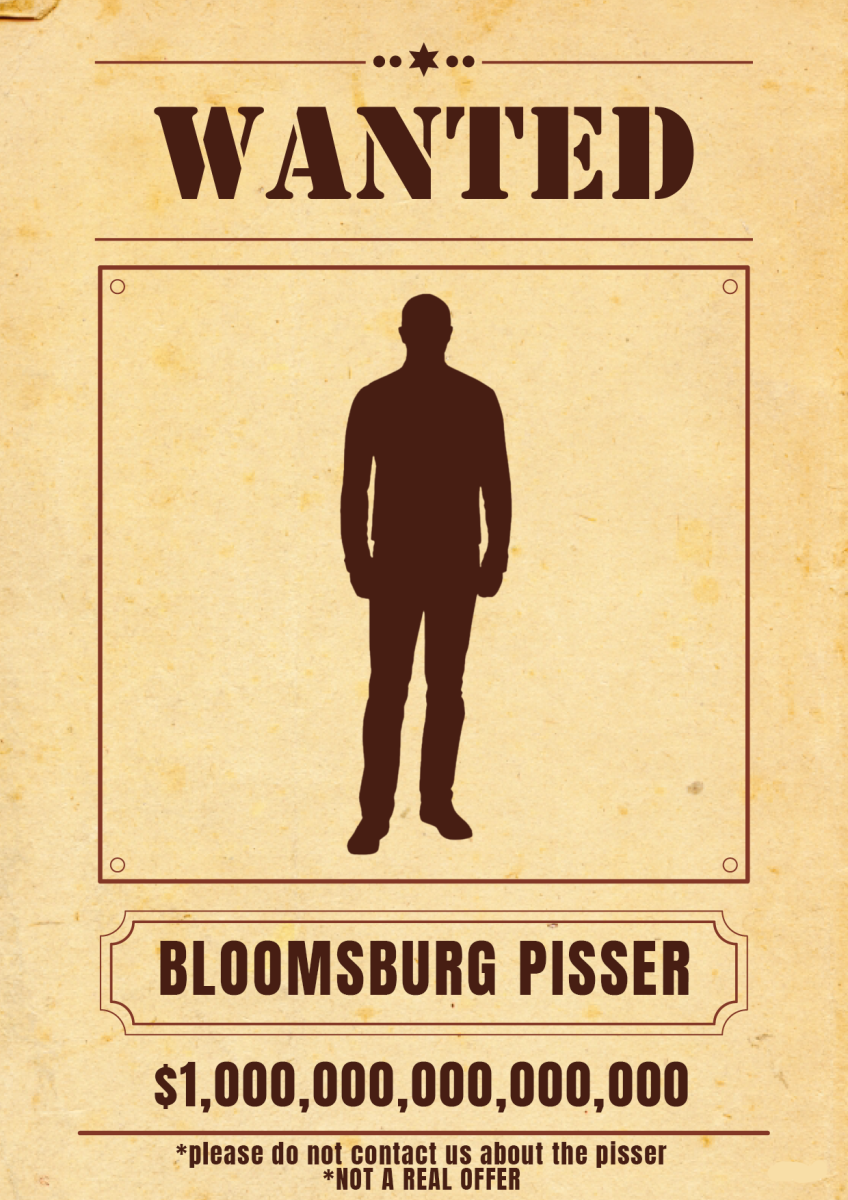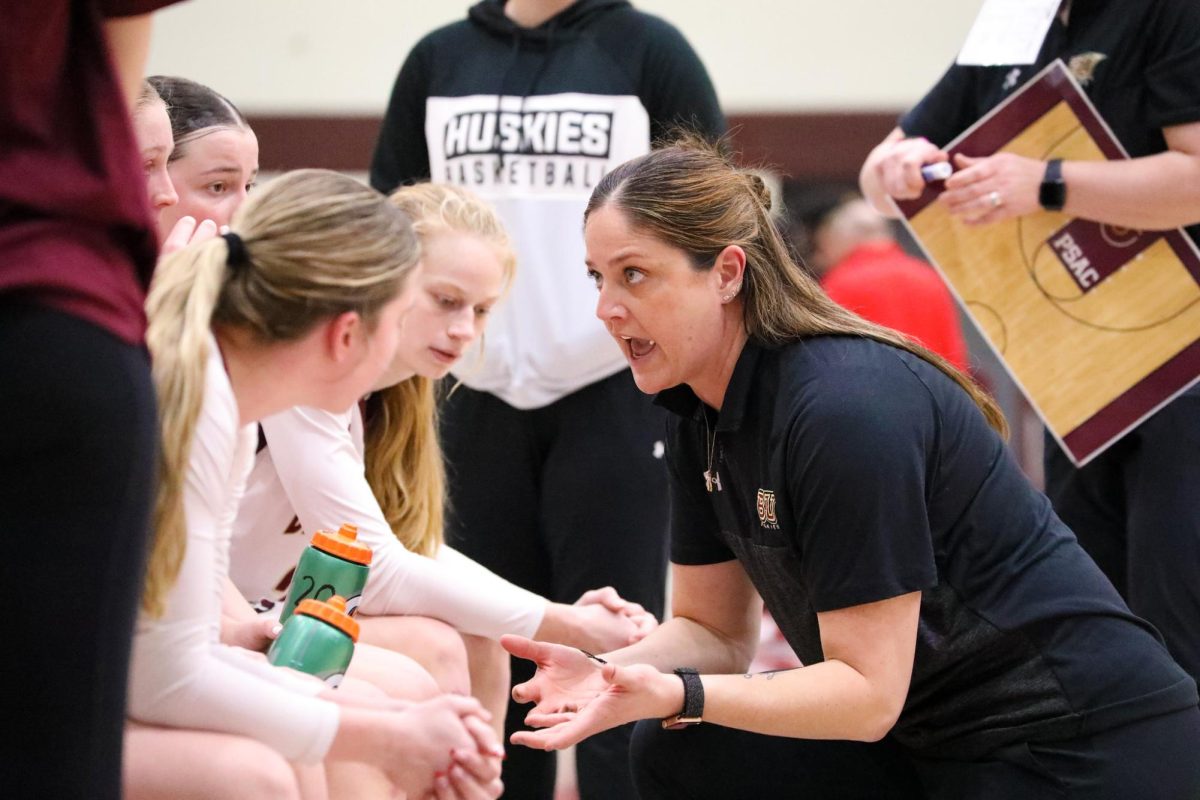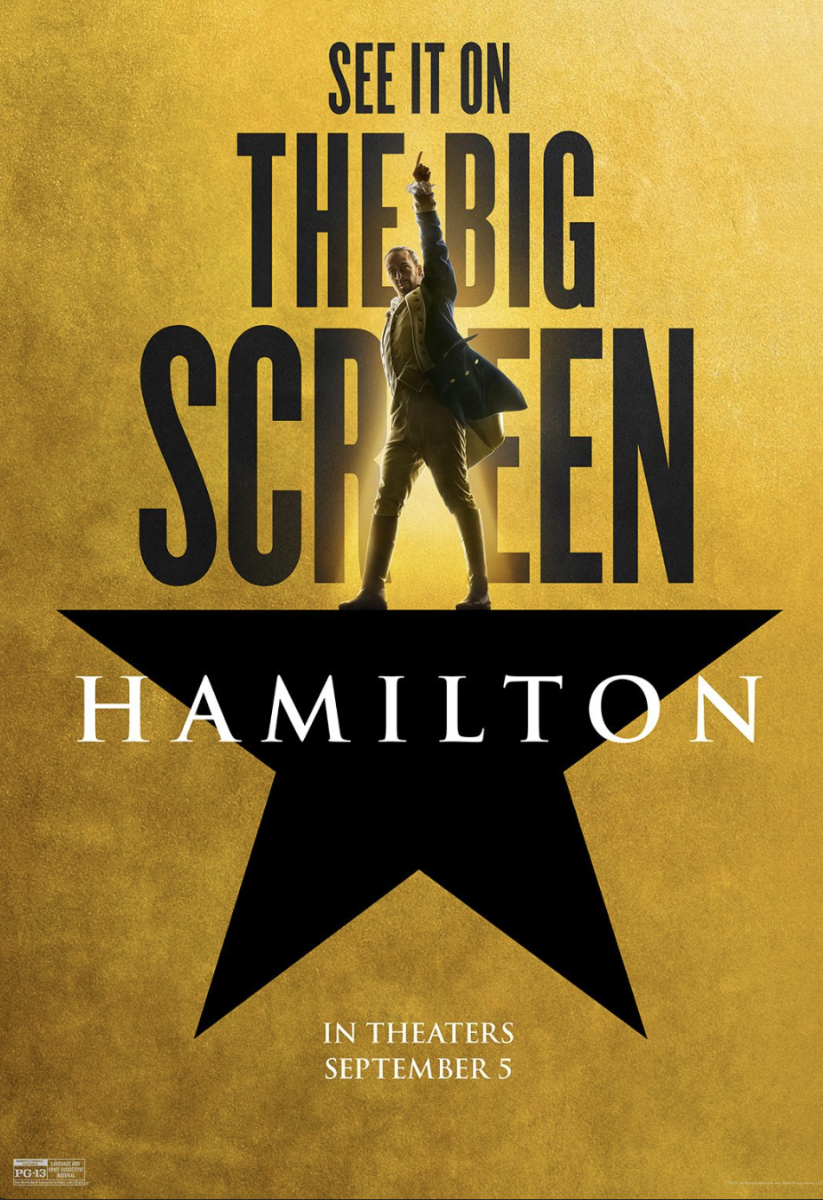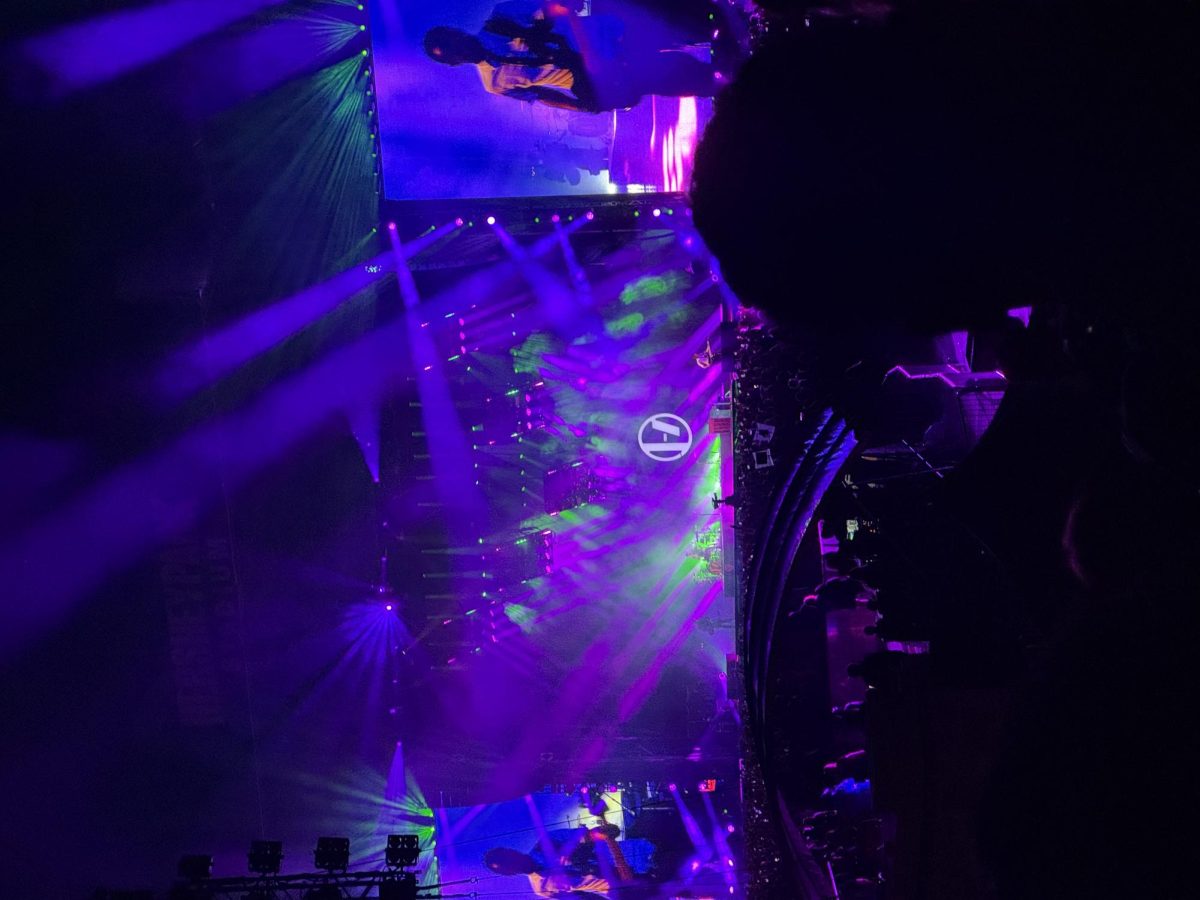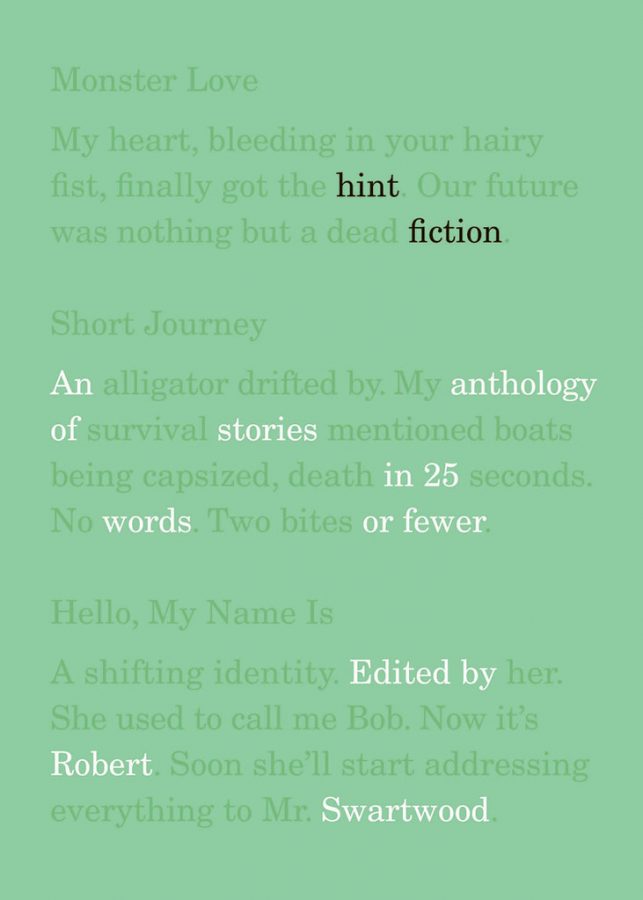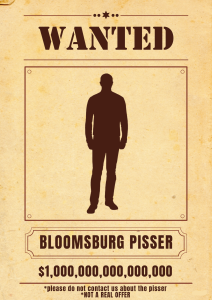‘Hint Fiction”: Less is More
February 20, 2020
Being an English major, I am required to do a lot of reading for my classes. I truly love reading and I don’t mind stepping outside of my comfort zone with literature to explore different genres. When it comes time for me to settle on an opinion about a certain book, I usually think about three major things:
- How much emotion the book evoked within me
- Whether or not the book makes me think deeply about myself and/or the world in which we live
- Whether or not I would read the book a second time
“Hint Fiction: An Anthology of Stories in 25 Words or Fewer” hits all of those check-marks for me and did so unexpectedly, which makes me all the more impressed with this anthology. Given the sheer size of the little thing, I picked it up during a day-long vacation expecting a short and interesting quick read for the ride home. Although it was indeed short and interesting, it does so much more than simply entertain.
The editor of the anthology, Robert Swartwood, provides a brilliantly written introduction and offers an explanation to this newer form of fiction. Swartwood created the term “hint fiction” and, within the introduction, he describes it as extremely short pieces of prose. His introduction suggests that the appeal of “hint fiction” is that it forces the reader to meet the writer more than halfway in their story. Readers will only get a “hint” as to what the writer is suggesting within their work. The concept of this type of fiction is compelling and I was pleasantly surprised that I enjoyed it so much, especially since I tend to be moved my much longer works (Dostoyevsky anyone?).
I truly believe that reading these “hint fictions” have made me a much stronger reader. I found myself needing to stop and research some definitions to make sure the I truly understood where the writer was going. In 25 words or less every word and grammar marker counts!
The word count forces readers to read each and every word closely and that includes the titles of each piece. I also found that a handful of the stories require a prior knowledge of other literary works and classic stories. I loved Nick Mamatas piece referencing Beckett’s “Waiting for Godot”. Again, not every reader is going to understand why Mamatas’ piece is hilarious, but hopefully it will encourage readers to go beyond Mamata’s 8-word piece to research Beckett’s work and maybe even read it.
As someone who loves interpreting literature, I can honestly say that these minuscule tales have put my interpretive mind to the test and that they have quenched my thirst for a good read that could accomplish this. The biggest mistakes you can make while reading this anthology are to only read the stories once and to not think about them beyond your first initial thought.
If you’re a serious reader of emotionally deep literature, this anthology will challenge you to develop fascinating interpretations about each piece and, in turn, will tell you more about yourself as a reader than it will about the author as a writer. This anthology will prove to you that the quality of fiction relies not on length, but rather, on the emotional field on which the writer and reader meet.




